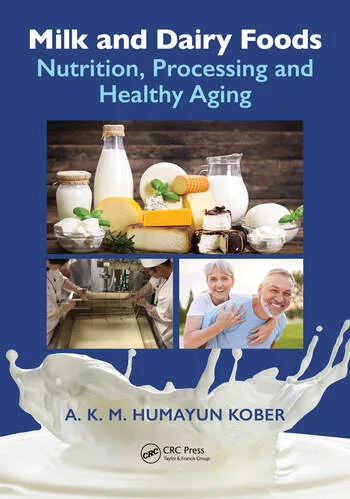Beverage Beat: Healthy innovations for 'maxed out' moms

I never imagined something like this would happen to me. I’m the editor-in-chief of Beverage Industry and my own baby won’t take a bottle. Numerous bottles, formulas and multiple tricks have left me with a picky “consumer” and challenged me more than I ever imagined. I, like many moms, have found my time strapped in meeting my new daughter’s needs and balancing the rest of the tasks I need to accomplish in a day, including eating.
During an IFT webinar presentation last month on the “Implications of the 2010 Dietary Guidelines for Americans,” presenter Darren Seifer, a food and beverage analyst from the NPD Group said that one of the challenges for increasing consumer demand for healthier foods is that “mom is maxed.” Since the 2005 guidelines, a significant change in consumption has not occurred. What has changed is that more women are in the workforce than in past decades and women are still responsible for the planning, shopping, preparing and cleaning-up of meals prepared in the home, he said.
“When you are talking about your innovation and your marketing tactics just remember that mom in a household is maxed out for time,” Seifer said.
The overarching theme of the 2010 Dietary Guidelines is obesity among children and adults, explained Roger Clemens, chief scientific officer of E.T. Horn Co. and a member of the 2010 Dietary Guidelines Advisory Committee during the webinar. The problem is as simple and as difficult as “too much energy in and not enough energy out,” he said.
It is not as simple as the food and beverage industry selling fewer calories though, said Richard Black, vice president of nutrition for Kraft Foods Global, during the webinar. A successful launch of a lower calorie food or beverage could result in more calories being sold, he explained. “If we consider the food industry as a whole, we might expect then to see an overall reduction in calories sold, as the calorie reduced items displace higher calorie items,” Black said.
Working on calorie reduction is the Healthy Weight Commitment Foundation, the members of which have pledged to reduce 1.5 trillion calories out of their products by the end of 2015, a decrease member companies intend to sustain in subsequent years, he said.
While Americans could be slow to change their diets and are strapped for time when making their choices, with the industry working together to reduce calories and replace products with healthier choices the hope is the growing obesity epidemic will shift direction. As I find my new stride with motherhood, food and beverage convenience definitely is a top priority and I’m looking for healthy innovations and reformulations from the food and beverage industry to help me out.
Looking for a reprint of this article?
From high-res PDFs to custom plaques, order your copy today!




